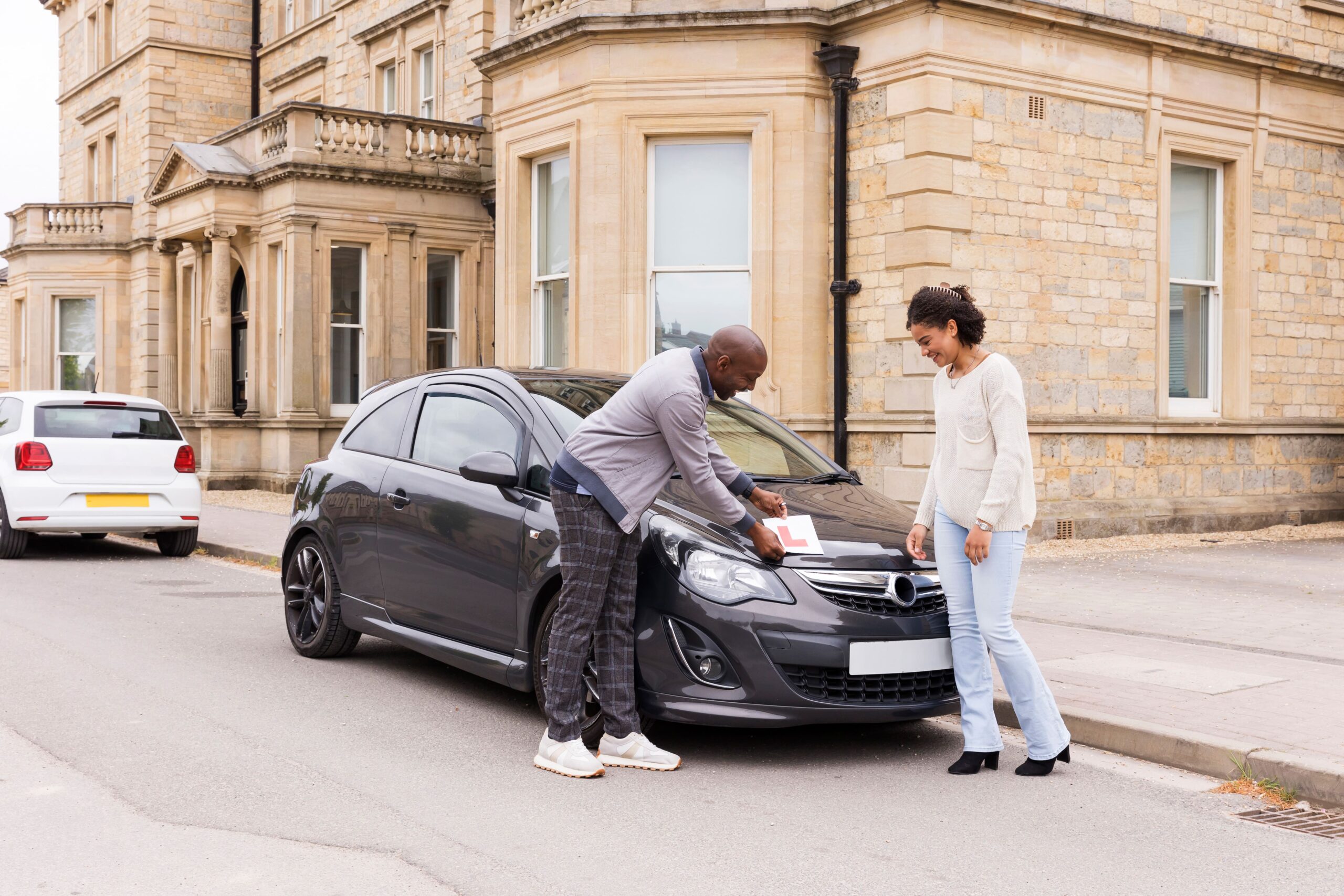In the UK, our two main methods of getting to work are cars and trains, with 68% of us using a car as our main mode of transport.
As many of us now work in a hybrid model, in heading back to the office we have been increasingly affected by train strikes, rising ticket costs and increased petrol prices.
While many people would prefer to work from home on a permanent basis, a lot of businesses have forced their workforces to return to the office at least a few times a week.
According to the Office for National Statistics…
Only 16% of UK adults reported working solely from home
46% of people who travel to work are NOT able to work from home at all
65% of 16 to 24-year-olds cannot work from home
*Data covers September 2022 to January 2023 and is based on working adults who had worked in the seven days prior to the survey
How to Save Money On the Commute
Combined with the need to reduce outgoings due to the cost-of-living crisis, many of us have been looking for commuting tips to make our journey to and from work more cost-effective.
Some suggestions for commuting tips to save costs include cycling, or walking to work. Exercise is always good. If your journey to work doesn’t lend itself to either of these options, you could continue commuting to work by car, but with someone else and even sharing the drive thanks to temporary insurance cover.
Commuter car shares are an option that involves sharing a ride with others who are heading in the same direction as you. This can significantly reduce your transportation expenses, as you split the cost of fuel and any parking fees among the group.
It’s an option gaining in popularity. The term “carpooling” has seen an increase in Google searches of 71% over the past 3 years, with its twin-sibling “Lift share” being searched for twice as much – witnessing a 100% boost as people look to learn more about it.
You may have started looking into it – whether to save costs or to help reduce your carbon footprint – and you may be wondering if there is a specific car insurance policy for commuting.
One option is temporary car insurance, which would allow you to drive someone else’s car into work and vice versa. This type of cover can be obtained in as little as 90 seconds with GoShorty – meaning that any last minute train-cancellations don’t have to completely ruin your day and get you into trouble with your boss!
Tips for Commuting to Work by Car
Car sharing has a number of positive sides to it, including lower travelling costs, reduced carbon footprint, greater social interaction – and if we all did it – fewer cars on the road, meaning quicker journeys to work!
With all this in mind it’s no surprise that uptake of car sharing saw a 22% increase last year as people flocked to save money and take advantage of new working styles.
If you’re interested in trying car sharing, talk to friends, family and colleagues to discover who might be interested in travelling into work together.
You can even take advantage of this if there’s only one car to use, with temporary car insurance, you take turns driving just one car. This can cover you for as little as one hour or up to 28 days.
There are some tips you can utilise to ensure you make the most of the experience.
- Plan the commute – liaise with your car-sharing friends to arrange the route and who’s driving in which direction.
- Coordinate with your colleagues so you’re all going in on the same day. If you have a hybrid working policy, make sure to consider this when deciding which days to go in.
- Be savvy! Make some coffee or tea and put in a flask to get your morning off to a great start and share with your travelling companions.
- Use GoShorty to cover one or both directions of travel.
Using temporary car-insurance from GoShorty means you’ll have complete peace of mind with fully comprehensive cover for the time period you choose. Best of all, everyone’s no claims bonus will be unaffected in the event of an accident claim.
Car sharing is a great alternative to driving to work by yourself, and offers a solution to the stress of last-minute train cancellations.
It also has benefits for your local area, reducing traffic, creating more spaces and having a positive effect on the environment – and your journey will be cheaper thanks to split fuel and parking costs. And it could lead to some great bonding opportunities.
To find out more check out our dedicated car sharing page, and if you’re interested in understanding how much it would cost to get insured just for your commute, we’ve got you covered.

